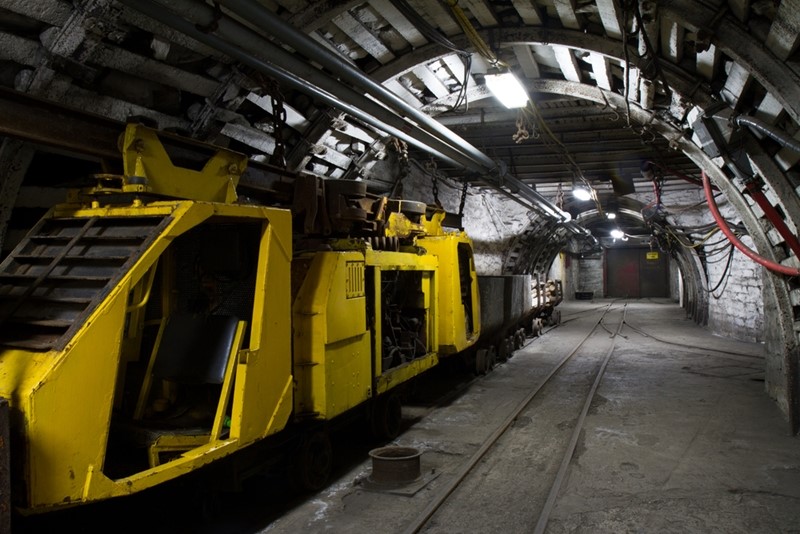The mining industry is currently experiencing a rocky period, with Shipping Watch reporting that the price of iron ore fell by as much as 49 percent during 2014, which is the lowest level in five years. The direct impact of that number is reflected in the steel trade, permeating a myriad of different industries.
Of course, this is only one specific piece of the huge mining puzzle, but many firms around the world are experiencing these troubling times. In fact, the problems are so severe that Gaurav Mehta, Vice President of Institutional Equities at Ambit Capital, explained to the Economic Times that investors are avoiding the metals and mining industry completely. Mehta blamed the troubles on “structural issues,” but didn’t specify which aspects of the businesses are internally struggling, according to the source.
Industry-wide worries
The bottom line is that the mining sector is facing a drastic decrease in metal prices. The Wall Street Journal used Anglo American PLC as an example of the harshness of the industry, stating that this mining company, the fifth-largest in the world, reported a loss for 2014. Information like this is disheartening to those in the industry who know when the leaders start to struggle, there are clearly industry-wide problems.
However, despite the structural difficulties and poor commodity pricing, indications show that mining companies will not cut production, with the Wall Street Journal citing the strength of the U.S. dollar as the cushion that softens “the blow of falling markets.” The key to maintaining success in the face of low metal prices lies in the cost of labor. Mining firms pay employees in local currencies, while selling their raw materials in U.S. currency.
Poor processes
The structural issues mentioned by Mehta become apparent when looking at how businesses in the mining industry handle surplus assets and unused equipment. In a bylined article in Mining Review, a Liquidity Services executive noted that organizations in this sector are not focusing strongly enough on the reverse supply chain, often leaving operations and procurement up to internal staff. This practice is limiting the potential value of surplus assets.

Mining equipment is costly, making the return on those investments even more important to achieving success in 2015.
Additionally, mining companies are using three techniques for reverse supply chain management, and each of those methods fails at accomplishing top business goals. First, firms are conducting live auctions, which are forcing buyers to travel to remote locations, essentially cutting these organizations off from a large majority of prospective purchasers. Secondly, they are utilizing tender processes, which aren’t transparent and often cause confusion. And lastly, mining companies tend to rely on trade-in techniques, which serve to bury values, leaving businesses in the dark in regard to their return on investment.
The key to asset management in mining
As the price of metals continues to fall, the best choice for industry leaders is to work with a trusted asset management partner. Mining Review pointed out that reputable vendors have what’s necessary to manage the supply chain in the mining sector: industry expertise, on-the-ground support, timely valuation data and sales strategies, a consumer-centric approach, and a global base of buyers.
The mining industry is unique in that the buyer market will be fairly niche. The good news is that Liquidity Services specializes in this aspect. With access to a global market, Liquidity Services can provide international exposure to even the most niche buyers for mining companies selling their surplus assets and machinery. Established and trusted marketplaces ensure that there will always be buyers browsing and purchasing mining equipment. Mining firms can sell their surplus in U.S. currency, optimizing their ROI and allowing them to reinvest into other structural and organizational improvements.
Asset management partners are a sure solution to addressing the mining industry’s economic issues while enhancing innovation, compliance, and sustainability within the industry.



Comments are closed.